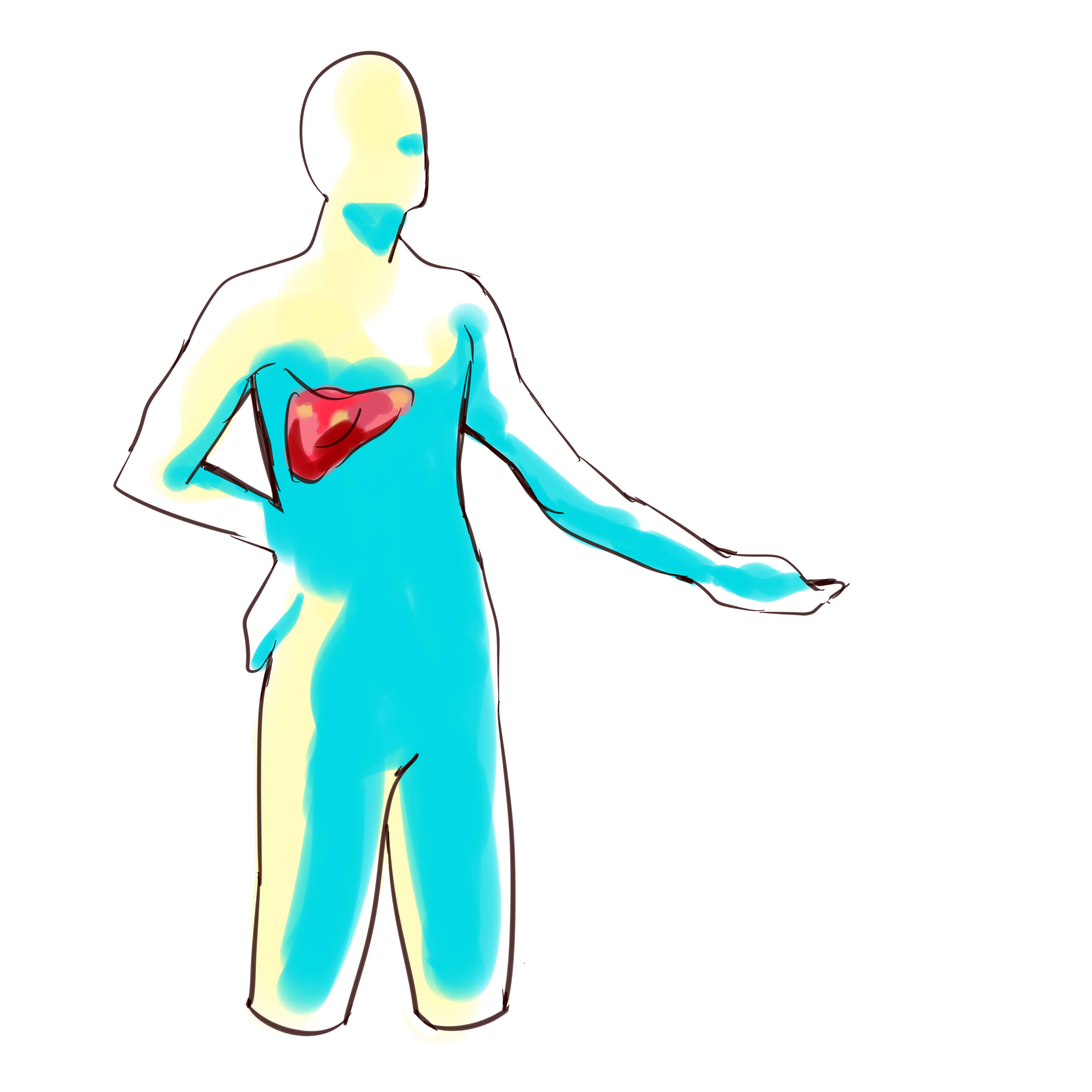
New research from Yale could lead to more effective treatment for people suffering from nonalcoholic fatty liver disease, a common and serious affliction in the overweight and obese.
Researchers used several groups of mice to hone in on the protein TLR9 in hopes of determining its role in the development of nonalcoholic fatty liver disease, which is often called nonalcoholic steatohepatitis, or NASH. In two groups of equally-at-risk mice, those who were given a TLR9 blocker had much lower rates of liver disease than the other group, a finding that points towards potential drug treatments for humans.
“NASH is the most common liver disease, and most people who have NASH don’t know about it,” said Wajahat Mehal, study co-author and director of the Yale Weight Loss Program.
He said the research team wanted to uncover how obesity leads to NASH, and why some obese people do not develop the disease.
Researchers took blood samples from three groups of human patients — those who were lean, those who were obese without evidence of NASH and those who were obese with evidence of NASH — to see if there was activated TLR9 present.
The study found that human subjects with NASH showed elevated levels of TLR9-activating molecules.
“Plasma from mice and patients with NASH contains high levels of mitochondrial DNA and intact mitochondria, and has the ability to activate TLR9,” Sonia Caprio, study co-author and Yale School of Medicine professor noted. Nonalcoholic fatty liver disease is a serious condition in which tissue in the liver begins to scar, potentially leading to cirrhosis and liver cancer, Mehal said. As the national waistline has increased, so have rates of this affliction, he added.
Caprio said that fatty liver is fairly common in obese children and adults, with this group suffering at a rate of about 30 percent. Mehal added that, unlike heart attacks or strokes, which are usually associated with middle and old age, NASH affects people of all ages.
Mehal emphasized that simply knowing one’s BMI can help patients know if they are in a higher-risk group. Those at 27 to 28, a BMI in the overweight but not obese range, should consider asking their physician about their risk, according to Mehal. Unfortunately, there is not a simple test for NASH, Mehal said. According to the American Liver Foundation, people may have it for years without any noticeable symptoms.
Future studies based off of this research are very likely. Researchers hope to replicate the success of the TLR9 blocker in clinical trials with animals, which could potentially lead to a similar drug developed for human use. Mehal also noted that a study about mitochondria — which are inherited completely from the mother — could help elucidate the risks obese mothers pass down to their offspring.
According to data from the 2009–10 National Health and Nutrition Examination Survey, more than two in three American adults are overweight or obese.







